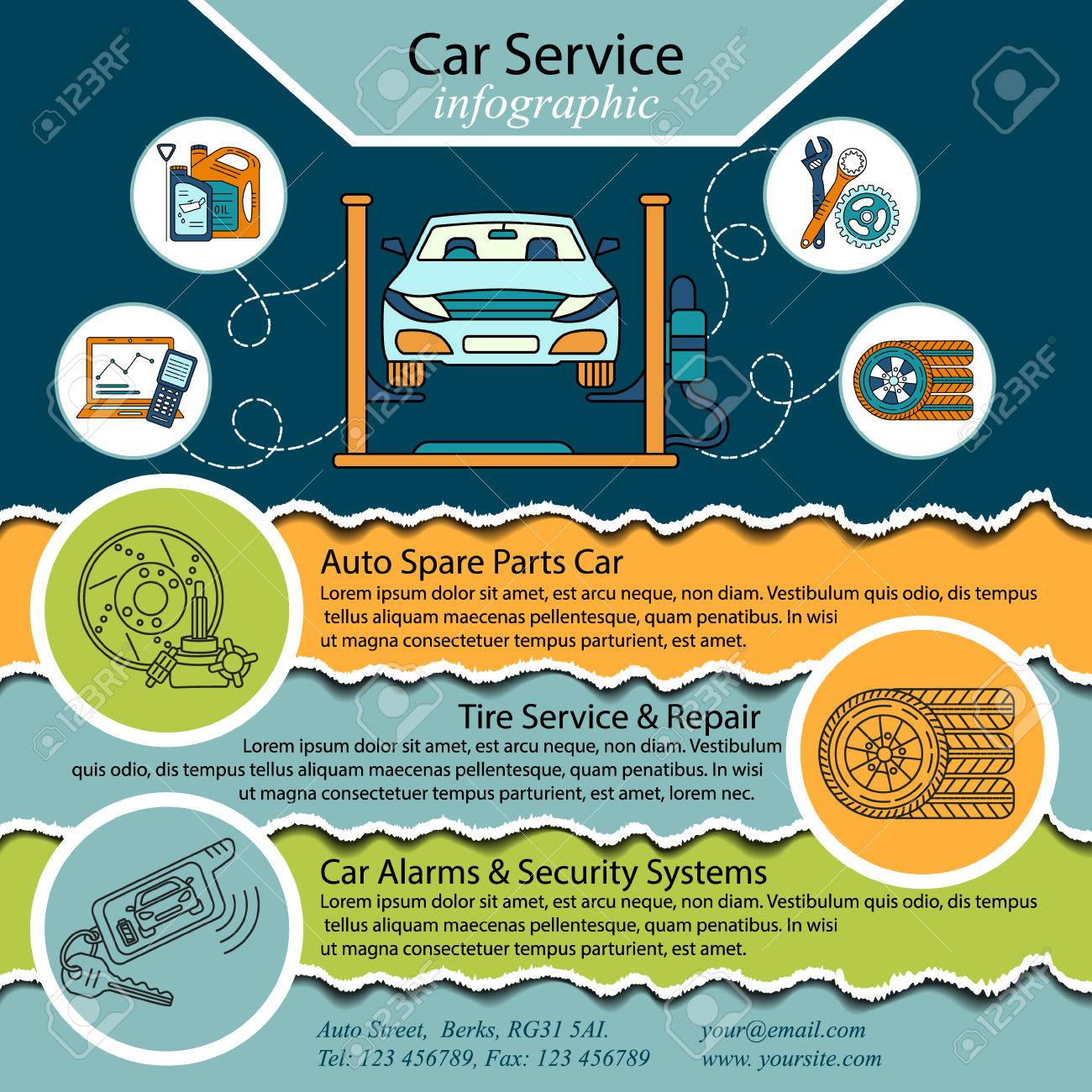Interpreting Your Vehicle'S Alert Lighting: Their True Ramifications
Interpreting Your Vehicle'S Alert Lighting: Their True Ramifications
Blog Article
Article Writer-Hartley Forbes
When you lag the wheel, those beautiful warning lights on your dashboard can be a bit bewildering. Do you understand what they're trying to inform you about your auto's wellness? Understanding the importance of these lights is vital for your safety and security and the longevity of your vehicle. So, diamond detailing services following time one of those lights appears, would not you want to decipher its message precisely and take the needed steps to resolve it?
Common Caution Lights and Interpretations
Identify typical caution lights in your automobile and understand their significances to ensure secure driving.
One of the most normal caution lights include the check engine light, which indicates problems with the engine or emissions system. If this light comes on, it's essential to have your lorry checked without delay.
The oil pressure advising light suggests low oil stress, needing prompt attention to avoid engine damage.
A flashing battery light could recommend a defective charging system, possibly leaving you stranded otherwise dealt with.
The tire pressure monitoring system (TPMS) light notifies you to low tire pressure, affecting vehicle security and fuel efficiency. Neglecting this can bring about hazardous driving conditions.
The abdominal light suggests a problem with the anti-lock braking system, endangering your capability to quit quickly in emergencies.
Finally, the coolant temperature level advising light warns of engine overheating, which can result in severe damages otherwise fixed quickly.
Comprehending https://www.wamc.org/podcast/vox-pop/2022-02-08/automotive-repair-with-gordon-fricke-2-8-22 will assist you address problems promptly and preserve secure driving problems.
Importance of Prompt Attention
Understanding the typical warning lights in your cars and truck is only the very first step; the significance of immediately dealing with these cautions can't be highlighted sufficient to ensure your safety and security when driving.
When a caution light brightens on your dashboard, it's your cars and truck's means of connecting a potential concern that requires attention. Ignoring these cautions can lead to more extreme issues down the road, jeopardizing your security and potentially costing you a lot more in repairs.
Motivate interest to warning lights can protect against breakdowns and accidents. For example, a flashing check engine light can show a misfire that, if left neglected, might cause damages to the catalytic converter. Resolving this immediately can save you from a pricey repair work.
Likewise, a brake system cautioning light could indicate low brake fluid or worn brake pads, critical elements for your safety and security when driving.
Do It Yourself Troubleshooting Tips
If you see a warning light on your dashboard, there are a couple of do it yourself fixing pointers you can attempt prior to seeking professional help.
The primary step is to consult your cars and truck's manual to understand what the details warning light indicates. In some cases the issue can be as simple as a loosened gas cap causing the check engine light. Tightening up the gas cap might deal with the problem.
Recommended Online site is a low battery, which can cause various cautioning lights. Checking the battery connections for corrosion and guaranteeing they're protected may deal with the issue.
If a warning light lingers, you can try resetting it by disconnecting the car's battery for a few minutes and afterwards reconnecting it. In addition, examining your car's liquid levels, such as oil, coolant, and brake liquid, can assist repair cautioning lights connected to these systems.
Final thought
Finally, understanding your vehicle's caution lights is crucial for keeping your automobile running efficiently and securely. By quickly dealing with these signals and recognizing what they imply, you can prevent pricey repairs and prospective breakdowns.
Remember to consult your cars and truck's handbook for particular details on each advising light and take action accordingly to guarantee a hassle-free driving experience.
Stay educated, stay try this when traveling!
